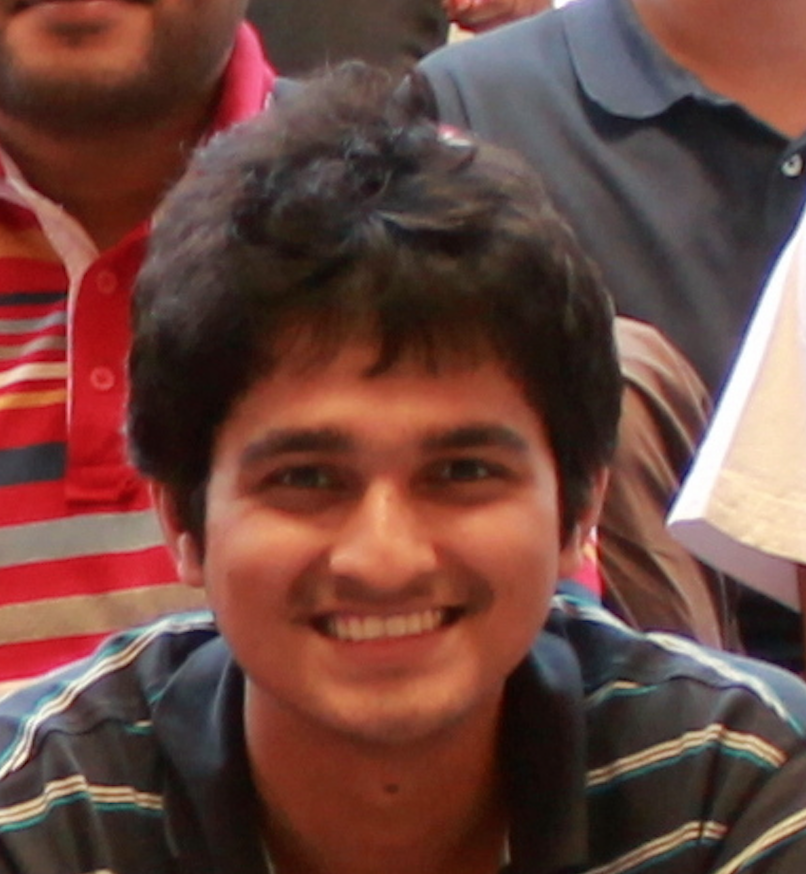
Problem #1: [RMO-1991] Prove that \(n^4 + 4^n\) is composite for all integer values of n greater than 1.
Problem #2: [RMO-1992] Determine the set of integers n for which \(n^2 + 19n + 92\) is a perfect square
Problem #3: [RMO-1999] Let ABCD be a square and \(M\) & \(N\) points on sides \(AB\) & \(BC\) respectively such that \(\angle MDN = 45^o\). If \(R\) is the mid point of \(MN\), show that \(RP = RQ\), where \(P\) & \(Q\) are the points of intersection of \(AC\) with the lines \(MD\) & \(ND\)
Problem #4: [INMO-1995] In an acute-angled traingle \(ABC\), \(\angle A = 30^0\), \(H\) is the orthocentre, and \(M\) is the midpoint of \(BC\). On the line \(HM\), take a point \(T\) such that \(HM = MT\). Show that \(AT = 2BC\).
Problem #5: [INMO-1996] Define a sequence \(a_n\) by \(a_1 = 1, a_2 = 2\), and \(a_{n+2} = 2a_{n+1} - a_n + 2\) for \(n >= 1\). Prove that for any \(m\), \(a_m a_{m+1}\) is also a term in the sequence.
Problem #6: [Tournament of the Towns] The sequence \(a_n\) is defined as follows: \(a_0 = 9\), \(a_{n+1} = 3{a_n}^4 + 4{a_n}^3\) for \(n > 0\). Show that \(a_{10}\) contains more than \(1000\) nines in decimal notation.
Problem #7: [Problem Solving Strategies]: We strike the first digit of \(7^{1996}\), and then add it to the remaining number. This is repeated until a number with \(10\) digits remains. Prove that this number has two equal digits